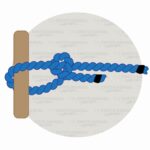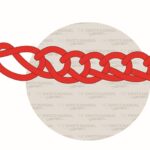A timber hitch is a secure knot that ties around a cylindrical object. Loggers and arborists most often use these for dragging and lifting logs. Ancient peoples have been using these knots for centuries on their boats.
The most common uses of the timber hitch include:
- Logging & arborist use
- Archery
- Tying musical instruments
Five knots similar to the timber hitch include:
- Killick hitch
- Bowstring knot
- Half hitch
- Knute hitch
- Pile Hitch
Follow the simple steps below to learn how to tie a timber hitch.
What Is A Timber Hitch?
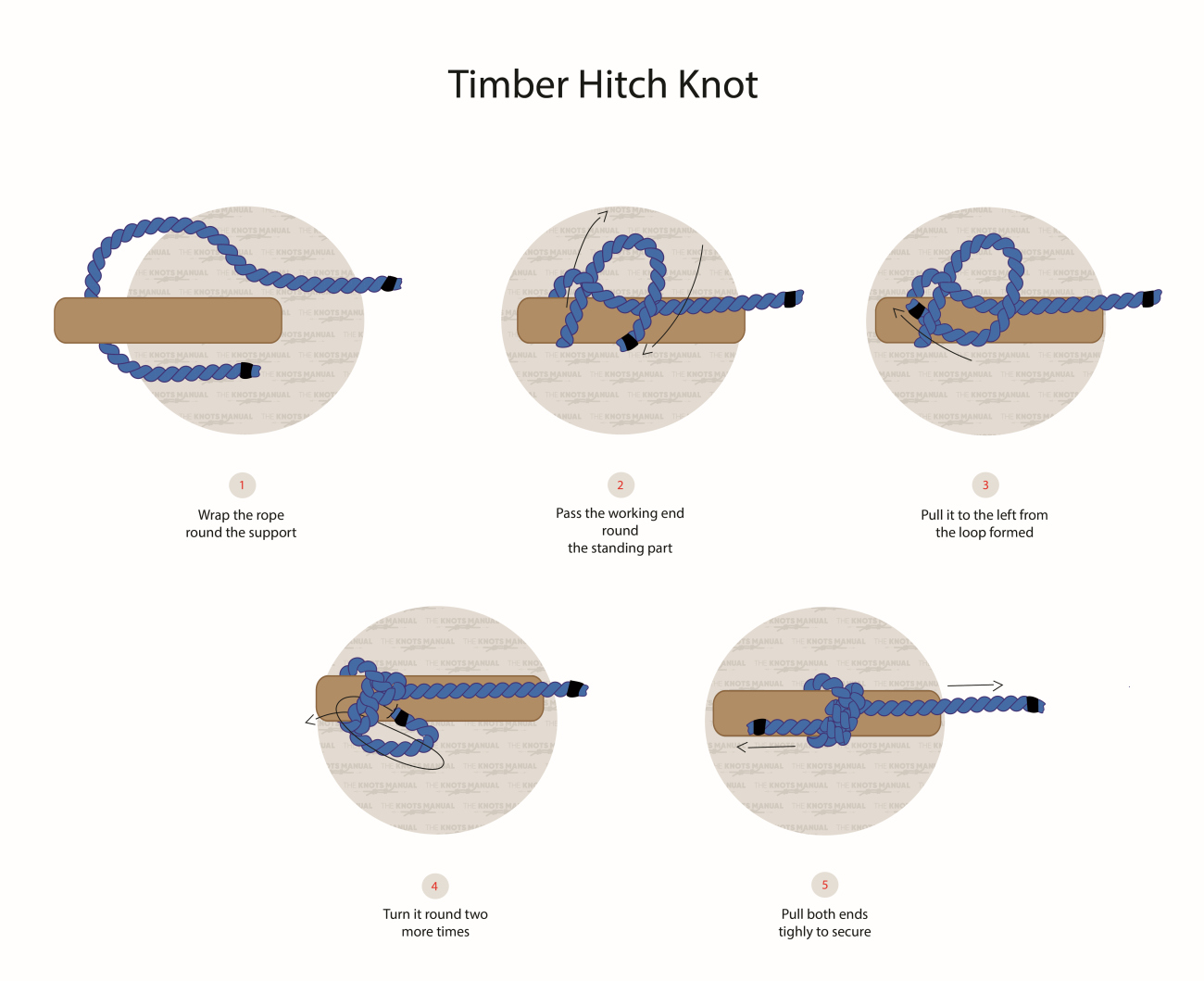
A timber hitch knot ties a rope around a cylindrical object, often a log. These knots are very secure as long as the rope maintains tension. They are easy to untie, even after being subjected to a heavy load.
For more strength, users can tie several timber hitches in a chain. Doing so is suitable for applications where a regular rope would be too weak. A chain of timber hitches handles tension better than a rope without them. A chain won’t break under the same tension an unknotted rope would.
The first mention of the timber hitch occurred in 1625 when it was used in nautical settings. The first time it was illustrated was in 1762.
Other names include the “bowyer’s knot,” the “countryman’s knot,” and the “lumberman’s knot.”
How To Tie A Timber Hitch
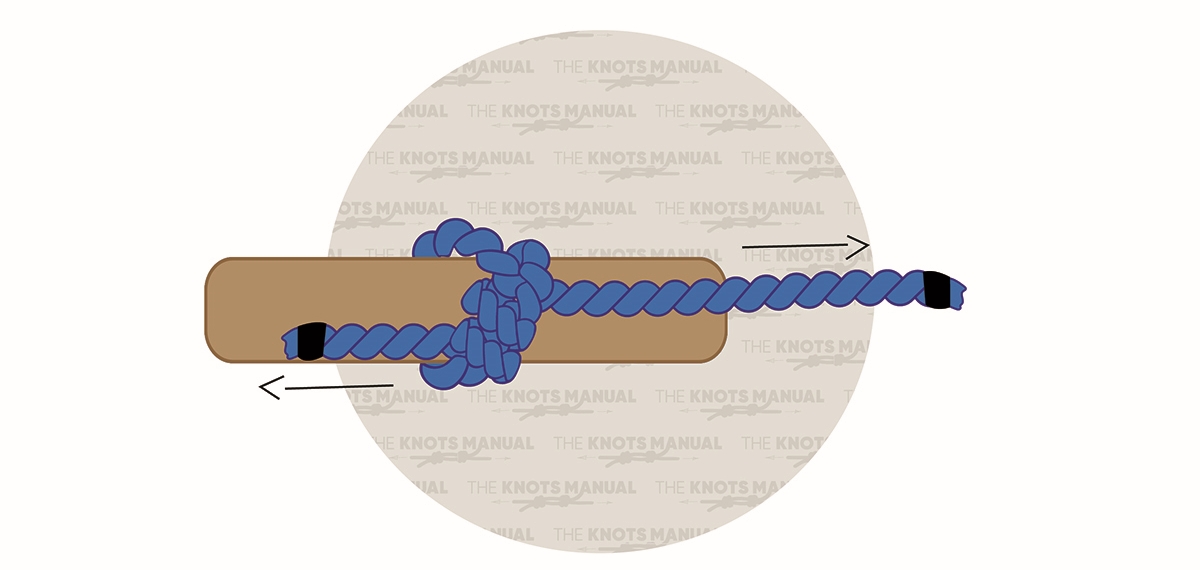
Tying a timber hitch doesn’t have to be complicated; just follow the five simple steps below:
Step 1:
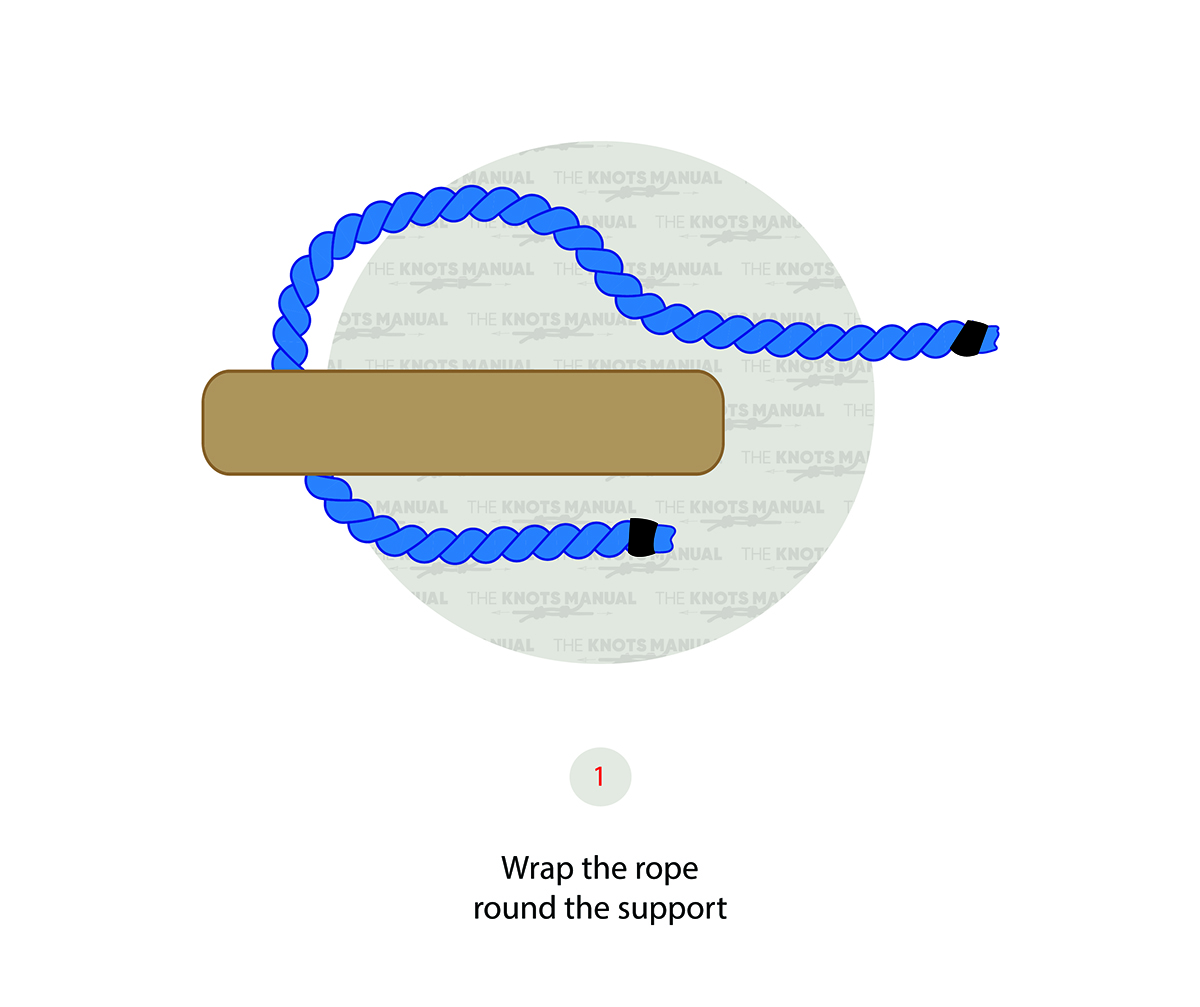
Wrap the rope’s working end around the support.
Step 2:
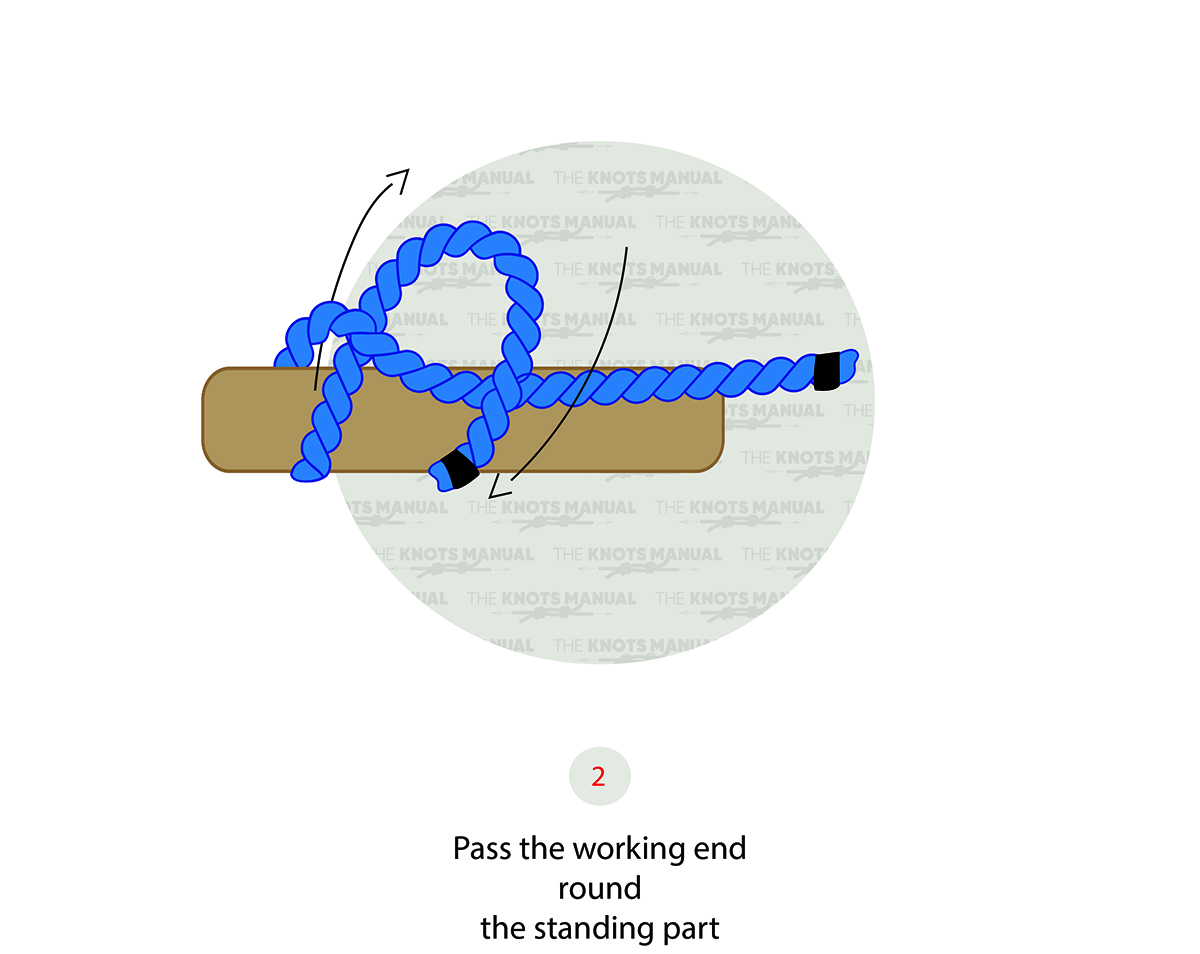
Wrap the working end around the rope’s standing part.
Step 3:
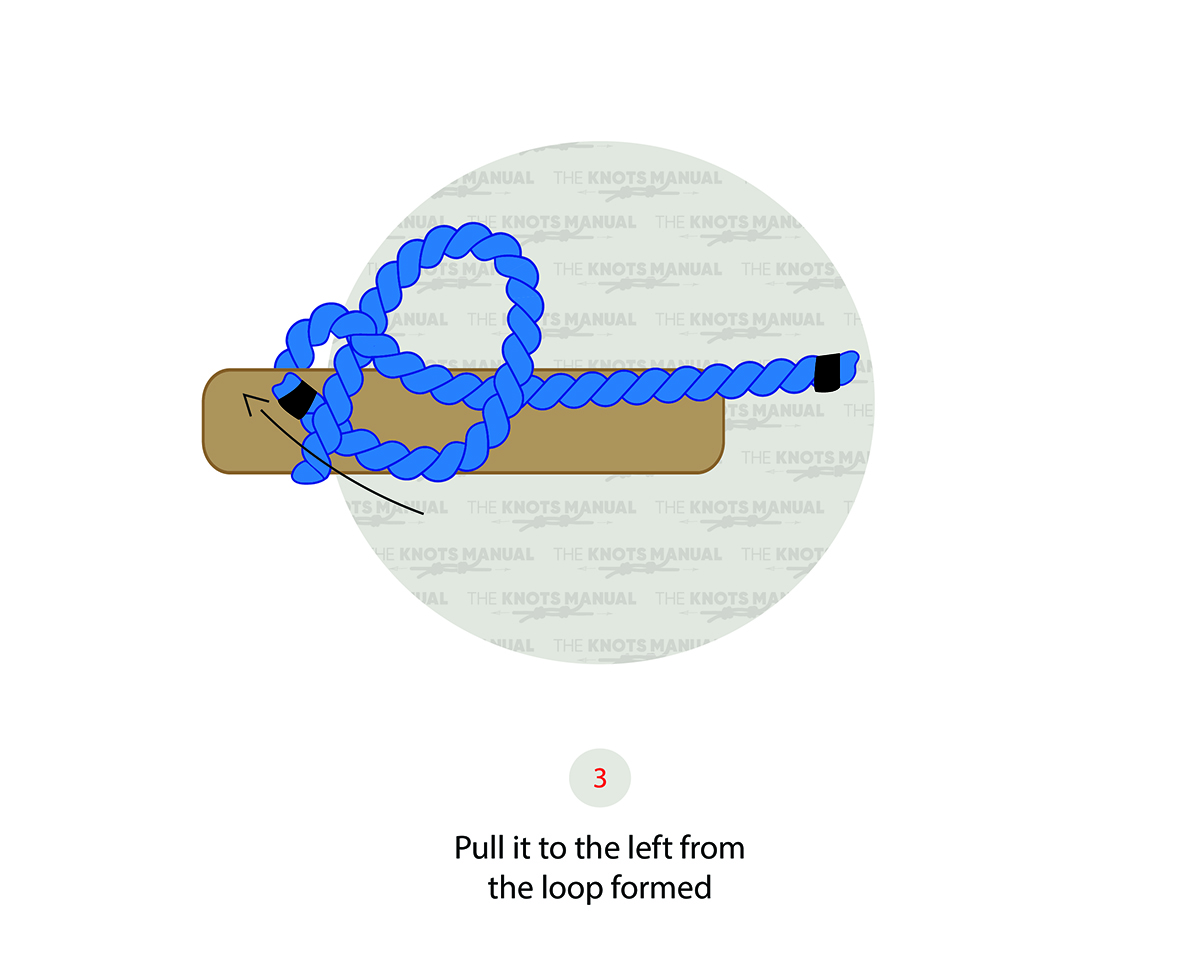
Pull the working end leftward from the loop just formed, passing it under the standing part.
Step 4:
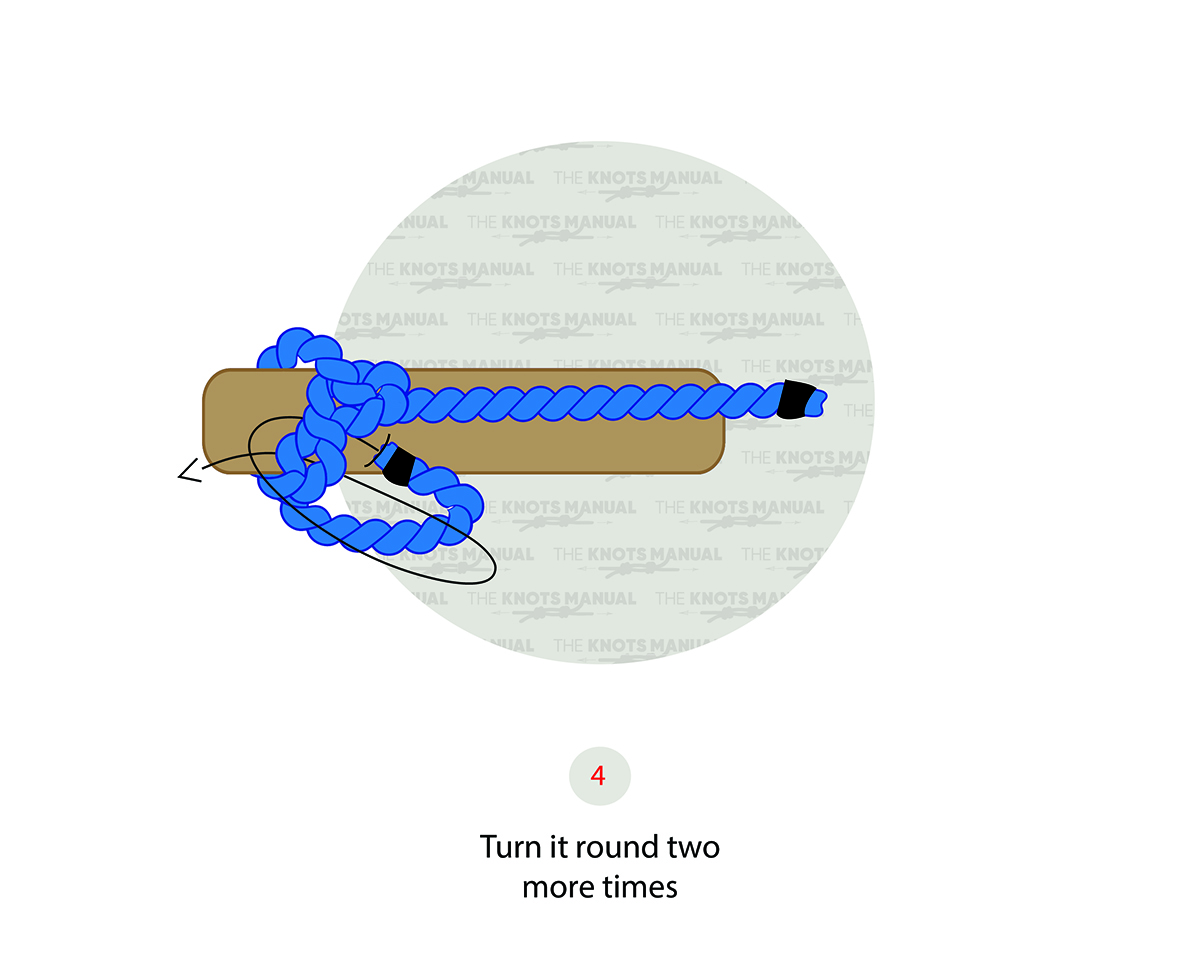
Pass the working end under the standing part two more times.
Step 5:
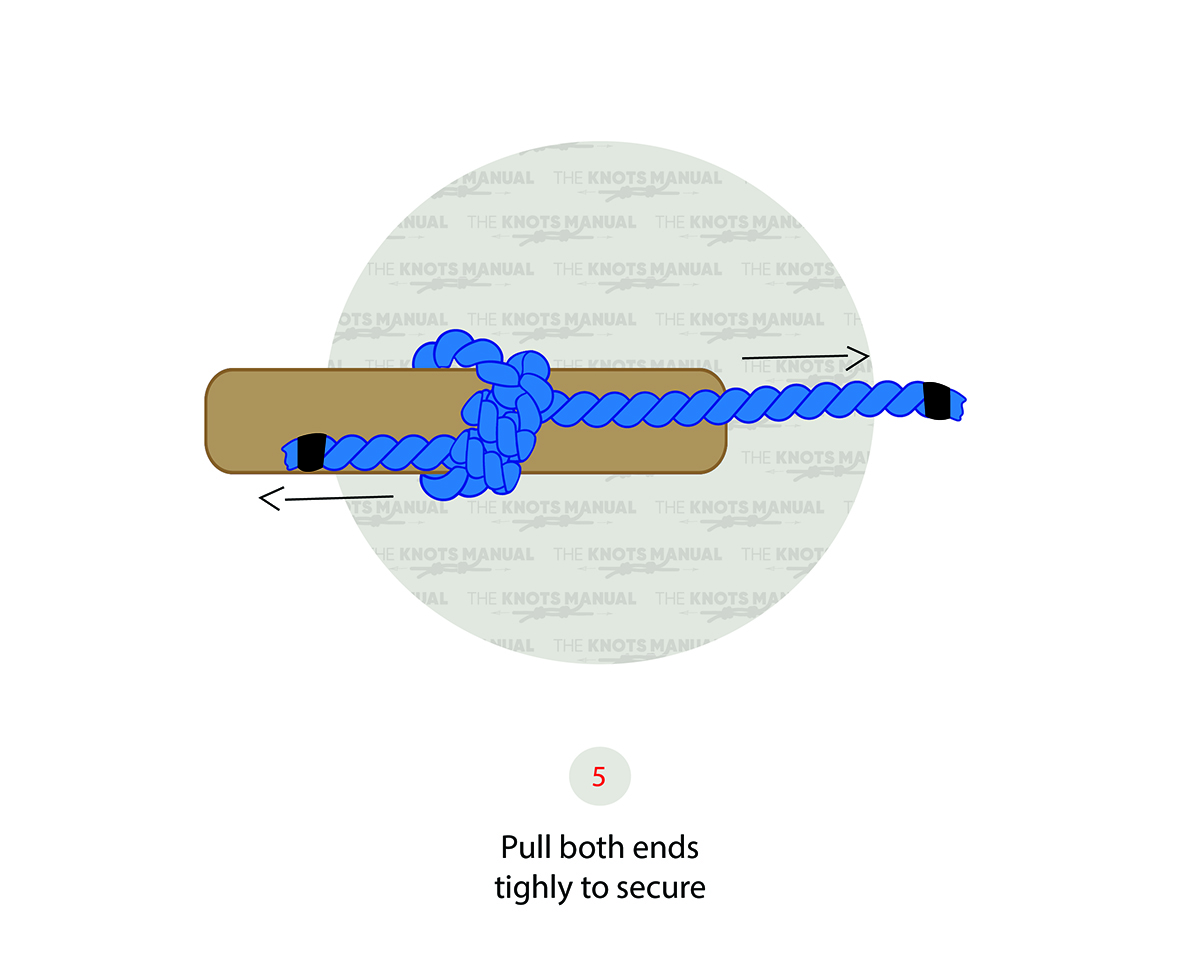
Pull the working and standings ends simultaneously to tighten the knot.
The usage of modern, synthetic ropes may require extra turns of the rope. Three ropes are enough for traditional, natural-fiber ropes. Yet, modern synthetics like nylon and polyester are more slippery. For the knot to be secure, five or more turns may be needed when using synthetic ropes.
What Are The Uses Of A Timber Hitch?
The timber hitch is most common among loggers and arborists. They can also be used for archery and musical instruments.
Loggers & Arborists
Loggers and arborists are the ones who use the timber hitch the most. The knot helps secure chains or ropes to tree trunks, logs, or branches.
Timber hitches are also useful for towing heavy items. The knot is as effective at towing in water as on land.
The Ashley Book of Knots describes the timber hitch on page 290. Ashley says the timber hitch is excellent for handling cargo. Ashley says it is “very convenient, as it practically falls apart when pull ceases.”
Users can make the knot more secure by adding a half hitch in front of the timber hitch. These knots are called a “timber hitch and a half hitch” when used by loggers. When used at sea, they get the name “Killick hitch.”
Archery
Timber hitches are also known as a “Bowyer’s Knot.” The knot ties a bowstring to the bottom limb of an English longbow.
Musical Instruments
These knots are great for attaching strings to an instrument’s bridge. They are most commonly used on acoustic guitars and ukuleles.
Knots Similar To The Timber Hitch
Killick Hitch (Timber Hitch and a Half Hitch): A “killick” is a small weight or anchor. Killick hitches are for mooring a boat and can also be used to keep a timber hitch from rolling.
Bowstring Knot: These knots come from ancient times. Archers used to use them for tying bowstrings. They are easy to tie, strong, and secure. These are also neat, leaving no loose ends, which is ideal for use on bows. Bowstring knots are used sparingly with modern archery.
Half Hitch: These are simple overhand knots. They are useful for wrapping a rope around an object and then tying it to itself.
Knute Hitch: These knots attach a thin rope to a tool like a marlingspike.
Pile Hitch: These knots wrap around a post or pole and are easily attached. They are commonly used on mooring poles or for making rope fences. They are reasonably secure and easy to untie.
FAQs
How Strong Is A Timber Hitch?
On its own, a timber hitch isn’t considerably strong. The knot gets a rating of “2” on a scale of “1-5.” Still, a timber hitch is great for dragging and lifting logs. Plus, a chain of timber hitches is very strong compared to a single knot alone.
What Other Knots Do Loggers Use?
Loggers and arborists use many other knots besides the timber hitch. Here are a few common logging knots:
Whoopie Sling — An adjustable rope sling good for attaching devices to tree trunks
Munter Mule Combination Hitch — A belay knot good for controlled descents
Basket Hitch — a webbing loop great for securing slings and hardware to branches
